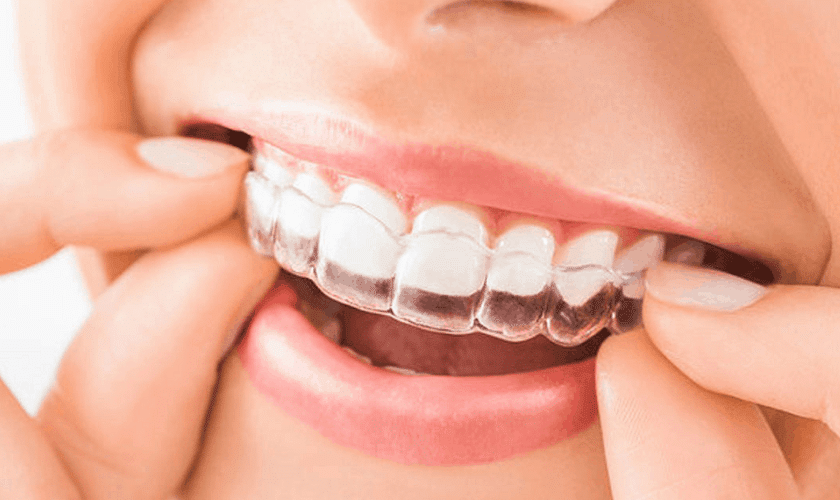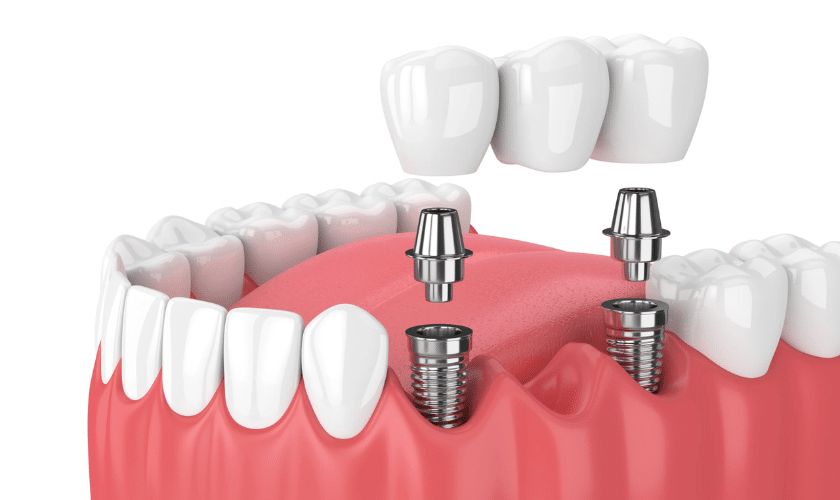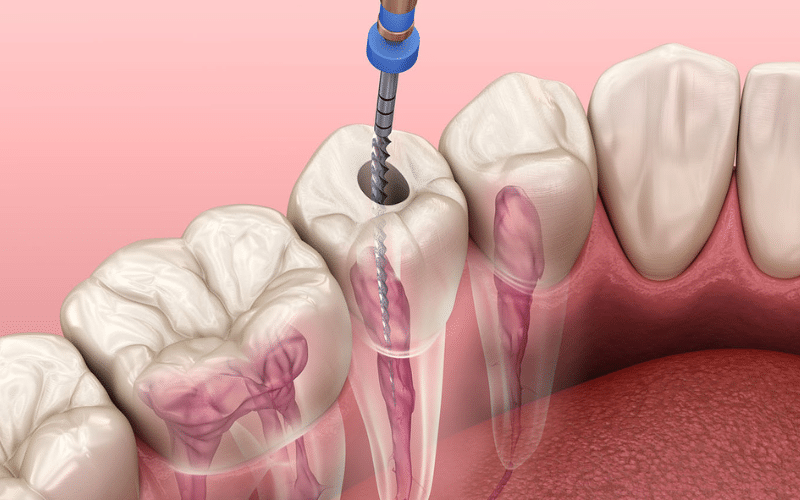
Root canal treatment is an essential procedure that helps to save a decaying or damaged tooth. In the past, this treatment required invasive surgery and caused a lot of pain and discomfort for the patient. Fortunately, we now have non-surgical root canal treatments available which are less painful and much more efficient in treating decayed teeth. In this blog, we’ll look at the various benefits of non-surgical root canals and why it’s often a better option than traditional surgical procedures
The health of your teeth is essential for maintaining a healthy mouth and body. When it comes to saving a decaying or damaged tooth, root canal treatment is an effective way of ensuring that your tooth doesn’t completely decay or fall out. In the past, this treatment required invasive surgery in order to be completed, which caused a lot of discomfort and pain for the patient. Nowadays, non-surgical root canals are available as an alternative to surgery, allowing you to save your tooth without having to undergo any invasive procedures. In this blog, we’ll look at the various benefits of non-surgical root canal treatments and why it’s often a better option than traditional surgery.
Less Pain and Discomfort
Non-invasive Procedure
Root canal treatments with traditional surgery involve making an incision in the gums, which can be an uncomfortable process for the patient. However, non-surgical root canal treatments are completely non-invasive and don’t require any cutting or incisions. This means that the patient experiences much less pain and discomfort during the procedure.
Local Anesthesia
Non-surgical root canals also use local anesthetic rather than general anesthesia, which is used during traditional surgery. This means that the patient will still feel some discomfort but it won’t be as intense.
Quicker Healing Time
Since non-surgical root canals are non-invasive, the healing time is much quicker than with traditional surgery. This means that you’ll be able to get back to your usual routine much sooner and with less discomfort.
Fewer Visits to the Dentist
Less Prep Time Needed
Non-surgical treatments generally take less time to prepare for than traditional surgery, so you won’t need as many visits to the dentist. This also makes it much more convenient for the patient, as they won’t have to take time off work or school in order to visit the dentist multiple times.
Cost Efficient
Since non-surgical root canal treatments require fewer visits to the dentist, this means that the overall cost of the procedure is much lower than with traditional surgery. This makes it an attractive option for those who are looking to save money on their dental care.
Shorter Time in the Chair
Non-surgical root canals require less time in the chair, so you’ll be able to get in and out of the office much quicker than with traditional surgery. This makes it a much more convenient option for busy individuals who don’t have time to spend hours at the dentist’s office.
Conclusion:
Non-surgical root canal treatments offer many advantages over traditional surgery, including less pain and discomfort, quicker healing time, fewer visits to the dentist, and cost efficiency. If you’re in need of a root canal treatment and want to avoid surgery, then non-surgical treatments may be a good option for you.
FAQs:
Q: How much does a non-surgical root canal cost?
A: The cost of a non-surgical root canal will vary depending on the severity of the decay and the extent of the treatment needed. However, it is generally much less expensive than traditional surgery.
Q: Is a non-surgical root canal painful?
A: Non-surgical root canals use local anesthetic rather than general anesthesia, so the patient will feel some discomfort but it won’t be as intense as with traditional surgery.
Q: How long does a non-surgical root canal take?
A: Non-surgical root canals typically take less time than traditional surgery, so you’ll be able to get in and out of the dentist’s office much quicker.





